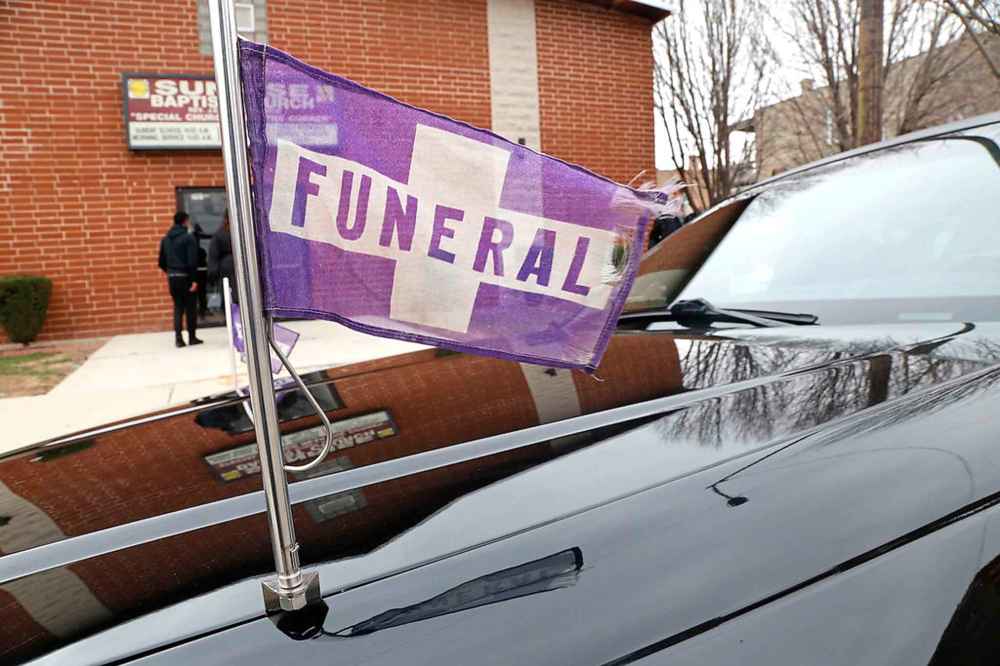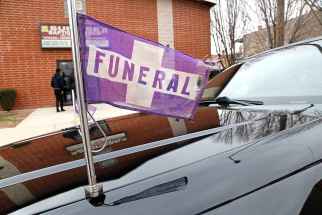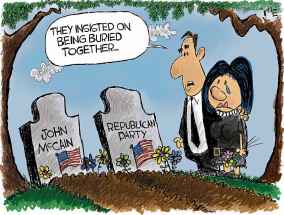Time to reconsider procession tradition
Read this article for free:
or
Already have an account? Log in here »
To continue reading, please subscribe:
Monthly Digital Subscription
$0 for the first 4 weeks*
- Enjoy unlimited reading on winnipegfreepress.com
- Read the E-Edition, our digital replica newspaper
- Access News Break, our award-winning app
- Play interactive puzzles
*No charge for 4 weeks then price increases to the regular rate of $19.00 plus GST every four weeks. Offer available to new and qualified returning subscribers only. Cancel any time.
Monthly Digital Subscription
$4.75/week*
- Enjoy unlimited reading on winnipegfreepress.com
- Read the E-Edition, our digital replica newspaper
- Access News Break, our award-winning app
- Play interactive puzzles
*Billed as $19 plus GST every four weeks. Cancel any time.
To continue reading, please subscribe:
Add Free Press access to your Brandon Sun subscription for only an additional
$1 for the first 4 weeks*
*Your next subscription payment will increase by $1.00 and you will be charged $16.99 plus GST for four weeks. After four weeks, your payment will increase to $23.99 plus GST every four weeks.
Read unlimited articles for free today:
or
Already have an account? Log in here »
Hey there, time traveller!
This article was published 28/08/2018 (2660 days ago), so information in it may no longer be current.
Times change and as they do, traditions must change along with them.
In the Christian religion, funeral processions were originally from the home of the deceased to the church, where the burial took place.
As times changed and cemeteries were no longer necessarily in churchyards, the procession shifted, though it was still by foot. Those carrying the coffin from the church to the burial site were followed by mourners carrying candles and incense, with psalms recited along the way.
Villages grew into cities, motorized vehicles were introduced, more cemeteries were built and traditions changed again. Now the procession was by car, led by a hearse with a purple flashing light, driving slowly and followed by a row of mourners’ cars with their headlights on during the day, to signal they were part of the cortege.
Part of the sombre drive was intended to show respect for the dead, of course, but another part was largely practical — to make sure everyone found the cemetery and arrived together.
As recent news stories have shown, it might be time for this practice to undergo a change. Earlier this month Thomas Novak, a lay minister, was T-boned in his vehicle as he drove through an intersection as part of a funeral procession; he is recommending an end to the tradition.
Mr. Novak points out that with an increase in cremations, processions are less common; the public may no longer be as familiar with them as it once was.
Also, in an age where almost everyone has a cellphone with a map app, it’s no longer necessary to be led to a cemetery. Arrangements can easily be made to meet at the burial site.
There are always drivers whose impatience outweighs safety concerns — people who tailgate, who zoom through construction zones, who can barely bring themselves to pull over for emergency vehicles. But even conscientious drivers might be taken aback by a stream of cars entering a busy intersection against the lights.

Ignorance of the law is no excuse, of course, but since the bylaw pertaining to funeral processions is fuzzy and ill-defined at best, the result is literally an accident waiting to happen.
The fact that modern vehicles all have daytime running lights has made it impossible to distinguish processional cars from regular traffic — illuminated headlights are the sole indicator required in the bylaw. Window-mounted flags given out by some funeral homes mean little in an age when cars are covered with decals and sporting little flags supporting the drivers’ preferred sports teams.
No set rule defines at what speed the procession must drive nor how closely the cars must follow one another. If the procession is broken up, it’s much more difficult for other drivers to know it’s a unified event — and having the right of way does not give a driver carte blanche to disregard road safety.
We can complain that in the good old days, people showed more respect, but misunderstandings around funeral processions likely stem from lack of familiarity, not rudeness.
There is a generation of new drivers who may never have participated in or even seen a funeral procession; as cities become increasingly multicultural, there are people to whom the whole notion is a foreign concept.
There are surely safer and more meaningful ways to pay our respects than driving slowly through traffic. Just as we gave up carrying incense, perhaps we need to give up this tradition, too.










